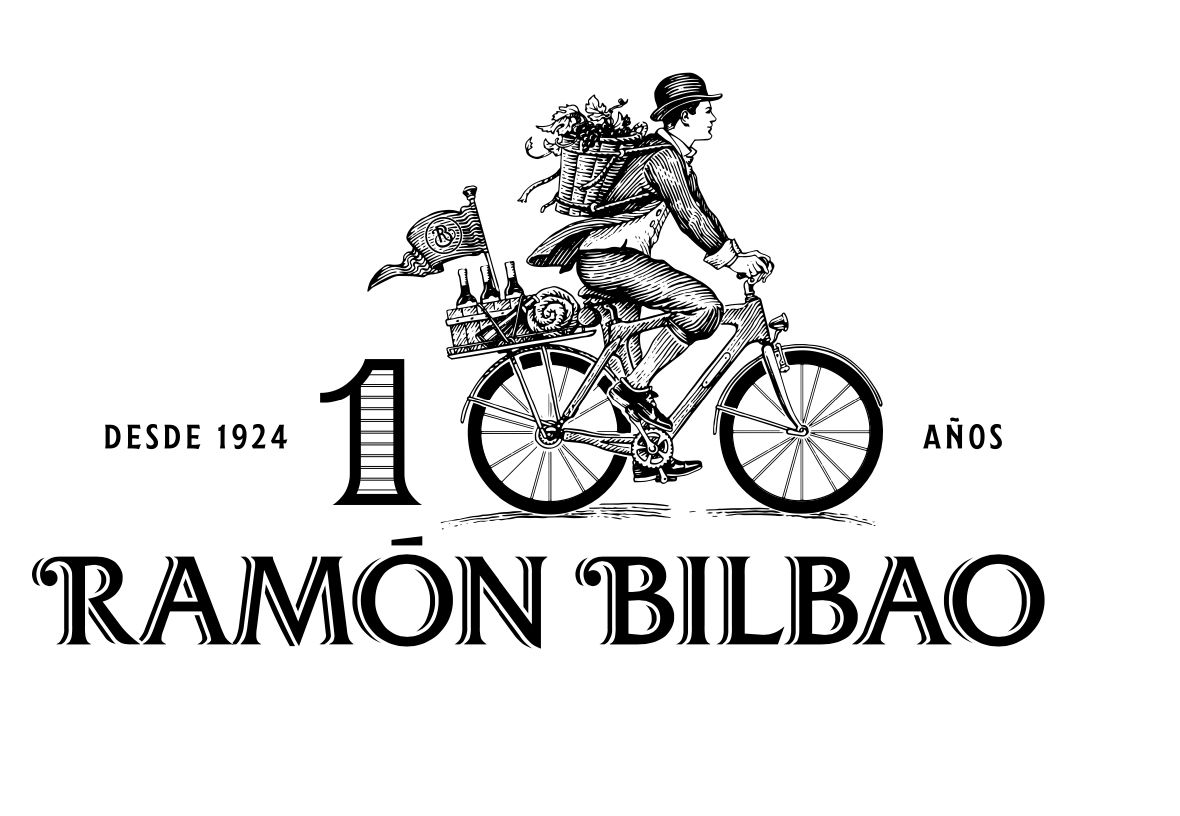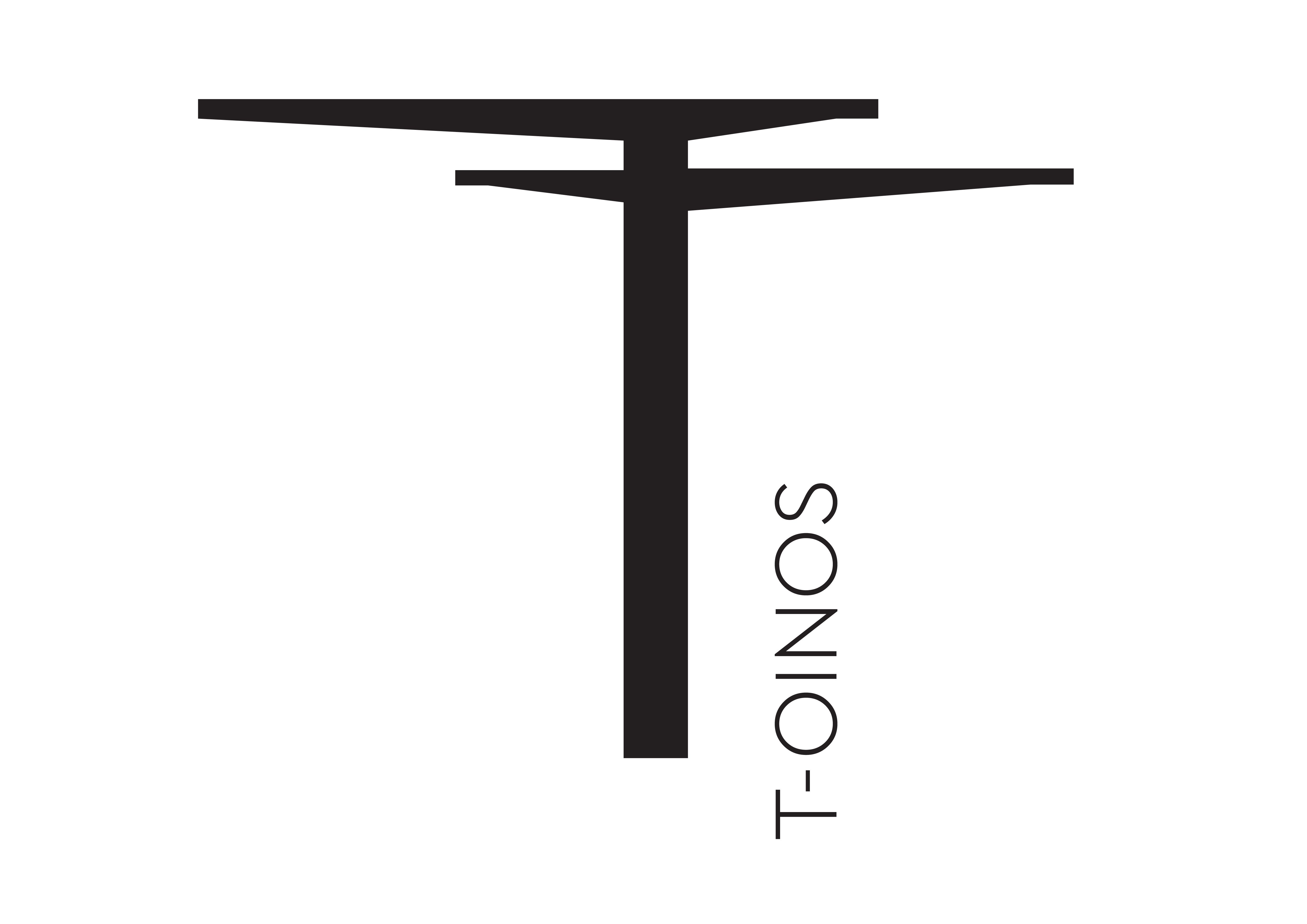“Bouchard has pulled away from the heavy Meursault richness… the search for a more delicate and direct style is clear and totally on board with consumer demand for cleaner, fresher styles of wine,” writes Crowther.
I must admit, I am pretty tired of these Zoom tastings now. After 16 months of hiding behind a laptop screen, I have to say that the UK’s ‘Freedom Day’, no matter how contentious, at least means the return of wine tastings, masterclasses and the like.
I decided to stop partaking in this style of tastings. Whilst they have been essential to keeping us all sane, tapped in and connected through the various lockdowns, I couldn’t help but find myself somewhat frustrated at the lack of interaction post tasting. I missed that tangible chance to have a casual chat about the wines with the person sat next to me.
However, I recently found myself eating my words as Peter Dean passed the opportunity to taste through Bouchard’s domain holdings in Meursault under my nose, thank you Fells, and Pete.
I am sure Meursault means different things to different people. I don’t get to taste top Meursault all that often (who does?), so for me this was quite the reset. Here’s what it means to me. In 2009 I worked a year-long hospitality internship at the prestigious Greenwich Country Club, CT, USA. Fine dining, golf days and vulgar super-sweet-sixteen birthday parties were the norm; I still haven’t been able to cast the picture of that white Range Rover wrapped in a pink bow from my mind.
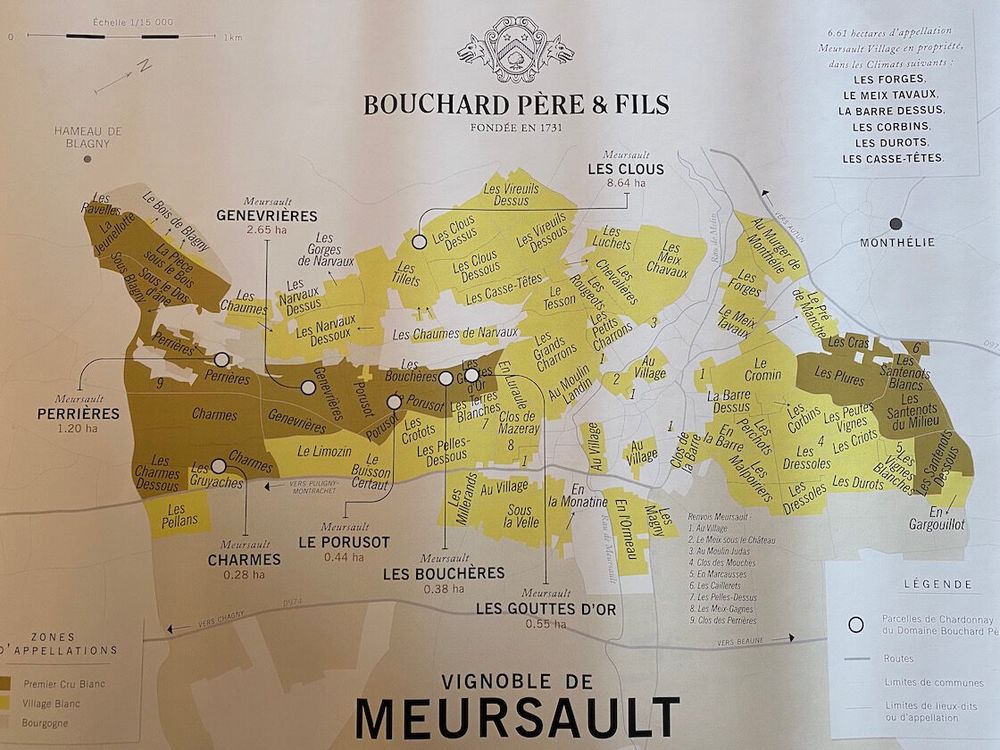
But with fine dining comes a bit of wine training, I was a student with little appreciation of wine, we held a by-the-glass tasting of the restaurant’s offering, which included a Meursault, (please don’t ask me which producer).
“This is a wine for the members who want a richer, heavier style of white wine,” we were advised by the matre d’. It was good, really good. Quite fat, quite rich, very delicious.
Now, I’m not going to turn around now and say that this was my epiphany wine. I often get that, “What was the wine that started it all?”. This wasn’t it. And come to think, I don’t really have one.
I like to think I saw the light through my work as a waiter. I questioned why no two wines ever tasted the same and did my best to learn the reasons why, hello rabbit hole.
Like I said, I haven’t tasted a hell of a lot of Meursault since then, sadly. But I had this yellowy-golden picture painted in my mind coming into this tasting. A rare chance to taste wine across Bouchard’s five Premier Cru sites: Le Porusot, Les Gouttes d’Or, Charmes, Genevrières and Perrieres. The latter three punch Grand Cru standards for sure – exciting!
This tasting was hosted by Frederic Weber, vine and wine director for the domain. 10 wines, six from 2018, with a couple of back vintages providing an opportunity for a cheeky vertical.
Bouchard has 20 hectares of vineyard in Meursault, a quarter of which are Premier Cru (the appellation’s highest designation).
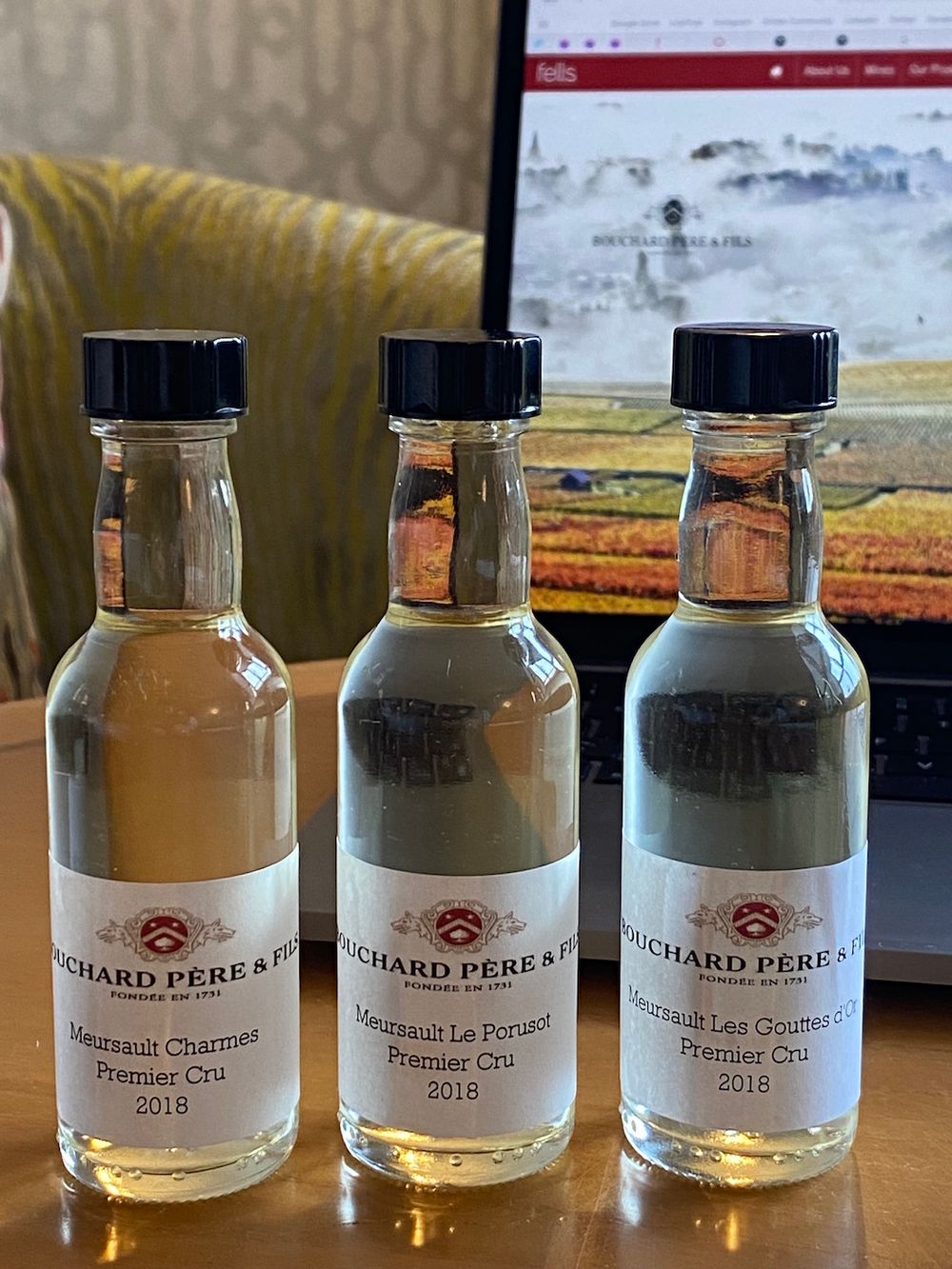
Bouchard Père & Fils, Meursault Les Clous, 2018
The next one up, if you like, from Bouchard’s Meursault Village wine, Les Clous vineyard sits at 300m which permits “more acidity and citrus notes” according to Weber. The latter might have something to do with the lime trees planted around the vineyard, I suspect.
This is Meursault donning a lime green jacket. A light, linear style, almost an aperitivo wine to kick your palate into gear, the last thing I’d expect from a Meursault in truth. Tart, bitter orange and green sour patch kid fizzes through the mouth.
A word on the 2018 vintage from Weber:
“We are confident about this vintage. Perfect weather conditions during early spring with no difficulties in the vineyard.”
Weber and the team green-harvested to improve the balance and expression of the terroir from what was a “generous vintage”.
A hot summer followed in what he describes as a “St. Tropez” climate.
Bouchard aims for fully mature fruit, and wait until the grapes turn golden in their search for “true maturity”, even if that comes at the expense of acidity, “we have to trust in the terroir” he explains.
Bouchard Père & Fils, Meursault Le Porusot Premier Cru 2018
Oh hello! One of the later-picked sites, rich in clay.
There is a tight, lean tartness through the middle of the tongue. Eventually it gives way to a rich, spicy body as the wine flirts with oak. A long, limey finish.
2018 vinification called for a very slow press of the grapes to maintain the natural acidity, something Weber stresses is important in a warmer, riper year where acid levels are a bit lower. The juice is vinified and completes fermentation in stainless steel.
Bouchard Père & Fils, Meursault Les Gouttes d’Or Premier Cru 2018
Plump & smoky – picture a fat man with a cigar swirling a wine glass with the stem between his fingers. Flinty, with a tickle of grip. Rich fatness parts the mid-palate opening up a vein of acid that shoots right through the mouth from front to back. A nimble fat man. “A perfect example of the Meursault appellation” argues Weber. Really good kit.
Bouchard Père & Fils, Meursault Charmes Premier Cru 2018
The first of Meursault’s trifecta of legendary vineyards starting with Charmes.
Super shy on the nose, not giving me much. Maybe a bit of soft oak on toast. It’s tight, fists clenched. A nervous wine with so much more to give. You can feel the pent-up energy on the palate. All the pieces are in place for a stunner, and the potential of this wine puts a cheeky smirk at the edge of my mouth. Needs time to relax into the bottle. Give it five years.
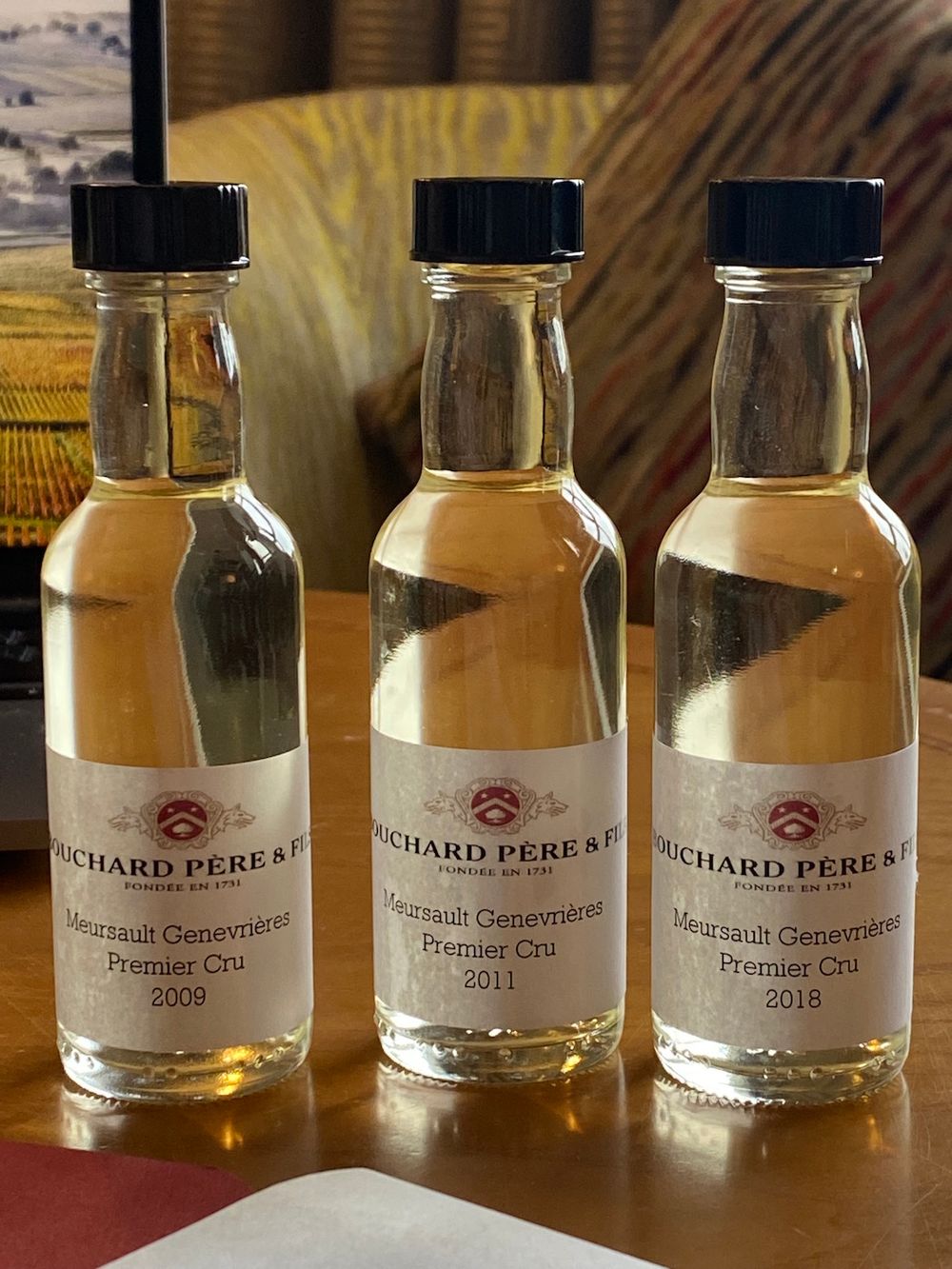
Genevrières
The Bouchard team boasts a large ownership of this legendary vineyard (2.65ha). Within they have two plots: Haut and Bas (High and Low). The High plot ripens three to five days later than its lower counterpart. Limestone rich soils and higher acidity lend a little more austerity to the final wine, one assumes. The Low parcel is rich in brown clay and ripens faster, so you would expect a beefier wine from this steep, sloping, sunny spot. Both are vinified and aged separately before blending to deliver what Weber describes as “a good example of Meursault Genevrieres, not too large [rich], but a little more elegant”. The blend is around 80%/20% in favour of the Low.
Bouchard Père & Fils, Meursault Genevrières Premier Cru 2018
Orange soda but more to give up top for sure, it is still a little closed. Salty entry, with a chalky grip almost draws together the insides of my cheeks. Pure, concentrated orchard fruit. I found this wine to be showing a little more of the higher altitude, Haut site. It’s displaying that tight, nervous balance that the Charmes showed me and will age beautifully.
Bouchard Père & Fils, Meursault Genevrières Premier Cru 2011
Weber describes 2011 as a vintage with “potential to age”. Cold winter, hot spring, quick harvest and the wines are really tight, with focus in their youth.
This pup slapped me in the face with a burst of citrus, like somebody had just placed a lime wheel on my tongue. Hints of crushed, scorched almond, but I’m not too sure how much more of that it will give. Less of the plumpness of the 2018. Probably the leanest expression of a Meursault I have ever tried and a wine for anybody who likes their whites with laser-guided precision.
Bouchard Père & Fils, Meursault Genevrières Premier Cru 2009
2009 was warm and harvest was early. “Drinking well now” according to Weber. Worth noting that this cuvée sees about 25% new oak (10% more than the previous wines). And it shows, there’s that vanilla nuttiness.
Burnt sugar, a bit like the smoke you’d smell coming off a crème brûlée being torched. Creamy, textured and ripe with yellow apple concentration. A Meursault after my own heart and a throwback to the States.
No sulphur is used at the pressing stage. Bouchard favours a small oxidation at this point and Weber is keen to point out the importance of having as “natural a fermentation as possible”. He keeps it short and at cool temperatures for a warmer vintage like the 2018 to lock in natural acidity. Following fermentation in the steel tanks, the 2018 wine is racked along with the gross lees to barrel for 15 months (10-15% new oak).
“A classical vinification in barrel gives a fatter, bigger wine. That is not the style of Bouchard, I prefer the elegance and the delicacy,” Weber says.
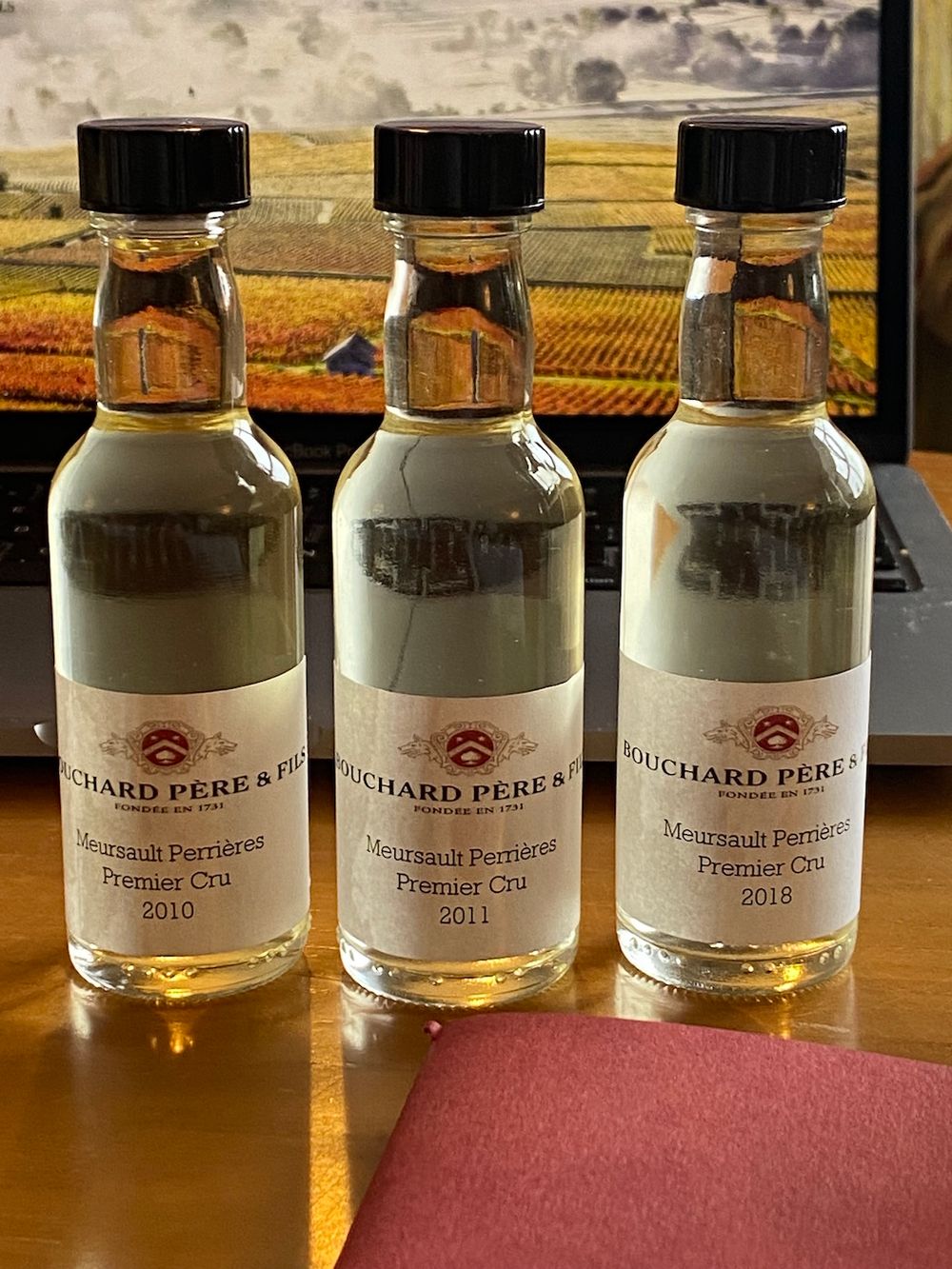
Perrieres
“Rich and salty styles of wine” from Perrieres which completes the trio of legends from Bouchard’s Meursault portfolio. Weber likens these wines to those of Chevalier-Montrachet as he argues his wines from this vineyard are the “equivalent to a Grand Cru.”
Fruit from two parcels. The flatter plot offers richness and concentration whilst the higher plot, ripens two to three days later and delivers “more acidity, citrus and openness [on the nose]”.
Like Genevrieres, these are blended after the élevage.
Bouchard Père & Fils, Meursault Perrieres Premier Cru 2018
Saline. Driven, bubbly acidity is encased by a chalky grip. More of that lovely lime tang and a long, tingly, finish. “Rich & salty” indeed. Don’t know what else to say… beautiful.
Bouchard Père & Fils, Meursault Perrieres Premier Cru 2011
Back to the tight, direct style of 2011. Fresh lime rattles the palate with a herbal, thyme backdrop. Focused and lean like the 2011 Genevrieres but a little more of an opulent with a sour crème profile.
Bouchard Père & Fils, Meursault Perrieres Premier Cru 2010
One of Weber’s best vintages in his career, according to Bouchard wine director.
Vanilla pod, hazelnuts, petrol, all sorts of spice, hickory smoke. A balancing act, oily-clean, sweet-sourness, beguiling. Amazing concentration. There is so much happening. Quite brilliant.
And finally……
It seems that the team at Bouchard has pulled away from the heavy Meursault richness that was imprinted in my memory banks all those years ago. The search for a more delicate and direct style is clear and totally on board with consumer demand for cleaner, fresher styles of wine in the last decade or so.
This is a real pleasure, thanks again to Fells, Frederic and Bouchard for the opportunity to taste these wines. My Meursault reset is well underway.




























